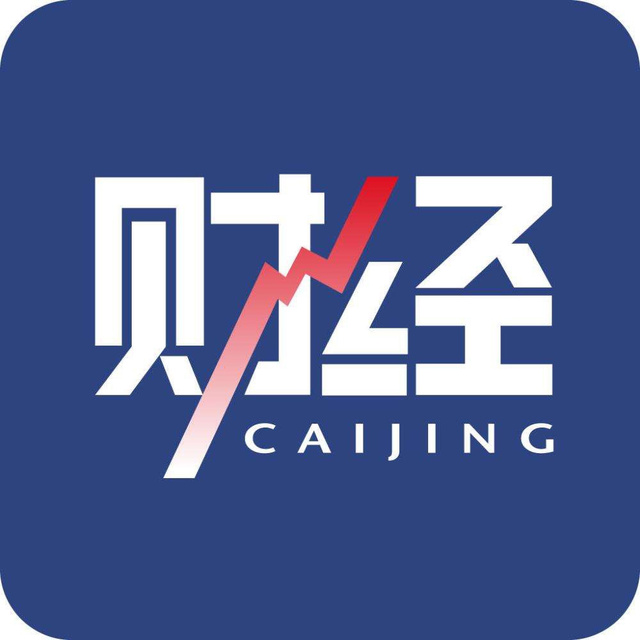
The development of digital currency has revolutionized the way we think about money and financial transactions. But have you ever wondered how these digital currencies are created and managed? In
this article, we will explore the language used to write digital currency.
Digital currencies are created using a programming language called blockchain. Blockchain is a decentralized ledger that records all transactions made on the network. Each block in the chain contains a record of multiple transactions, and once a block is added to the chain, it cannot be altered or deleted.
The programming language used to write blockchain technology is called Solidity. Solidity is a high-level, object-oriented programming language that is specifically designed for writing smart contracts on the Ethereum blockchain. Smart contracts are self-executing contracts with the terms of agreement between buyer and seller being directly written into lines of code.
In addition to Solidity, there are other programming languages used to write digital currencies. For example, Bitcoin was originally written in a programming language called C++, while Litecoin was written in Python. However, Solidity remains the most popular language for writing smart contracts on the Ethereum blockchain.
While the programming language used to write digital currencies may seem complex, it is important to note that it is not necessary to understand the technical details to use these currencies. Many people use digital currencies without any knowledge of how they are created or managed.
In conclusion, the language used to write digital currencies is primarily based on blockchain technology, specifically Solidity on the Ethereum blockchain. While other programming languages may be used for different purposes, Solidity remains the most popular language for writing smart contracts on the Ethereum blockchain. Regardless of the programming language used, digital currencies offer many benefits over traditional currencies and continue to evolve as technology advances.










